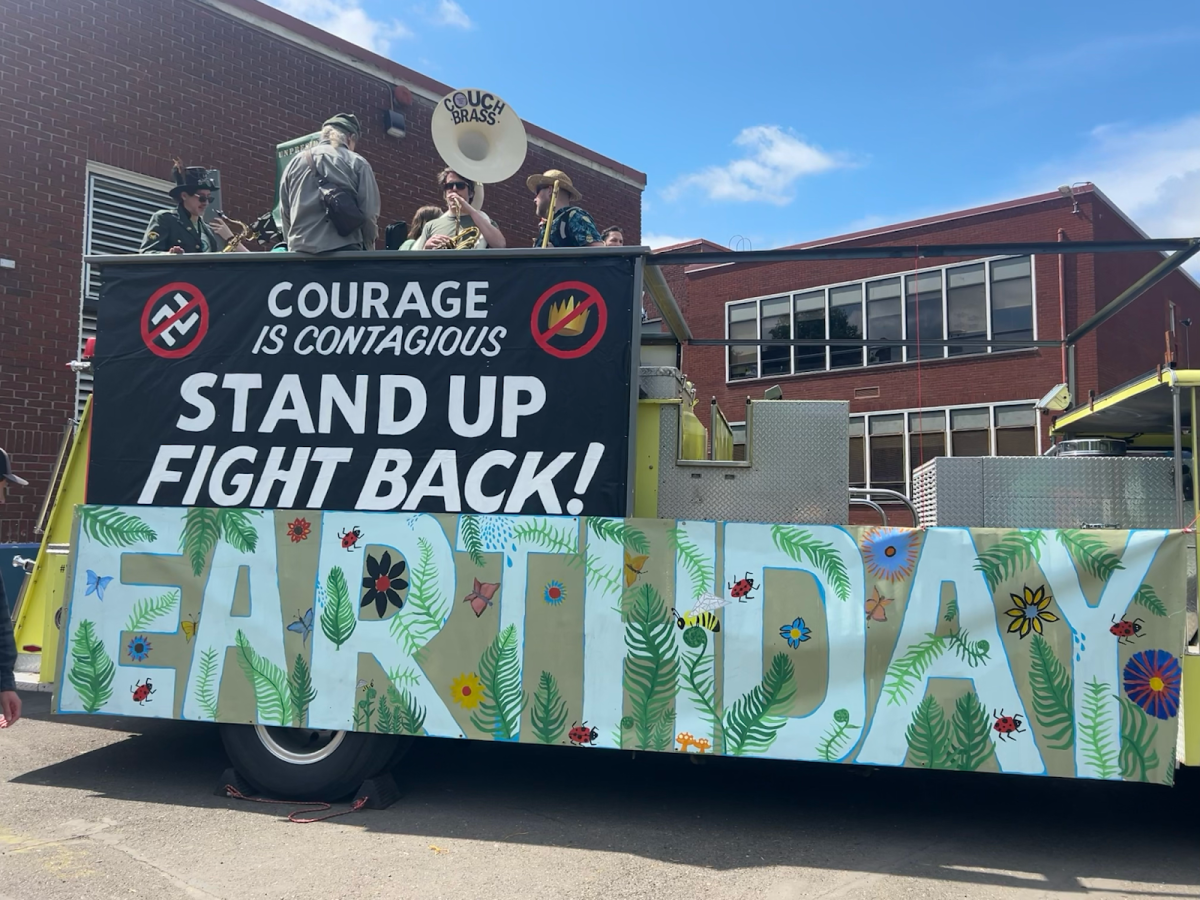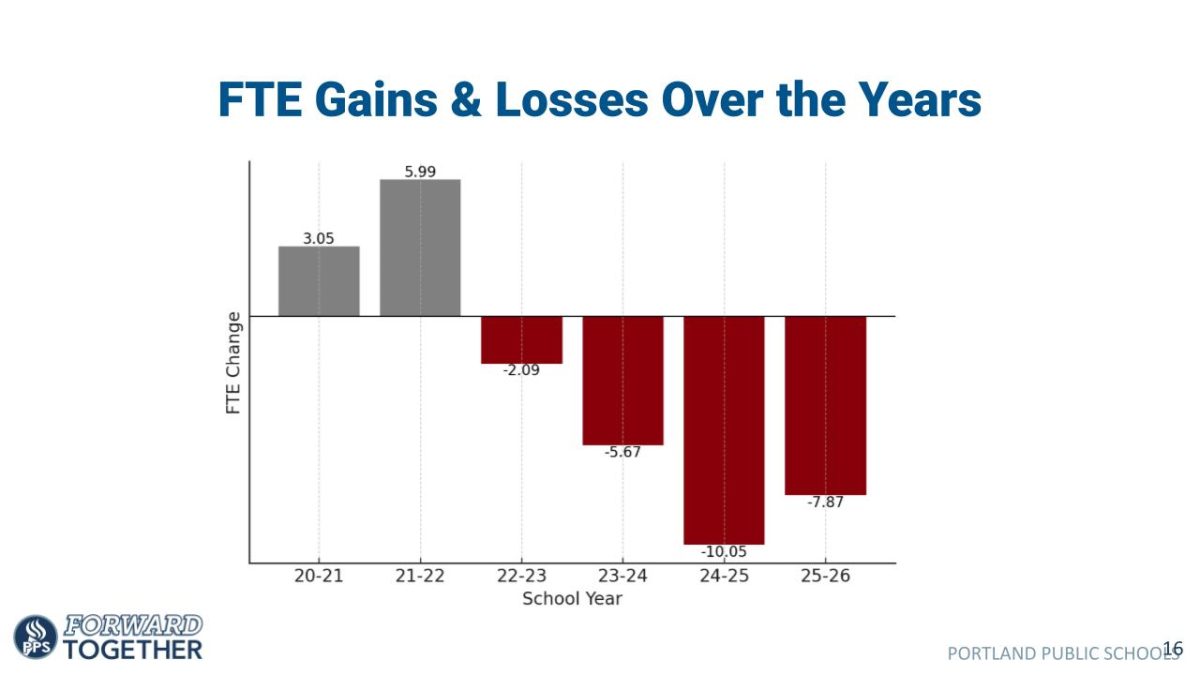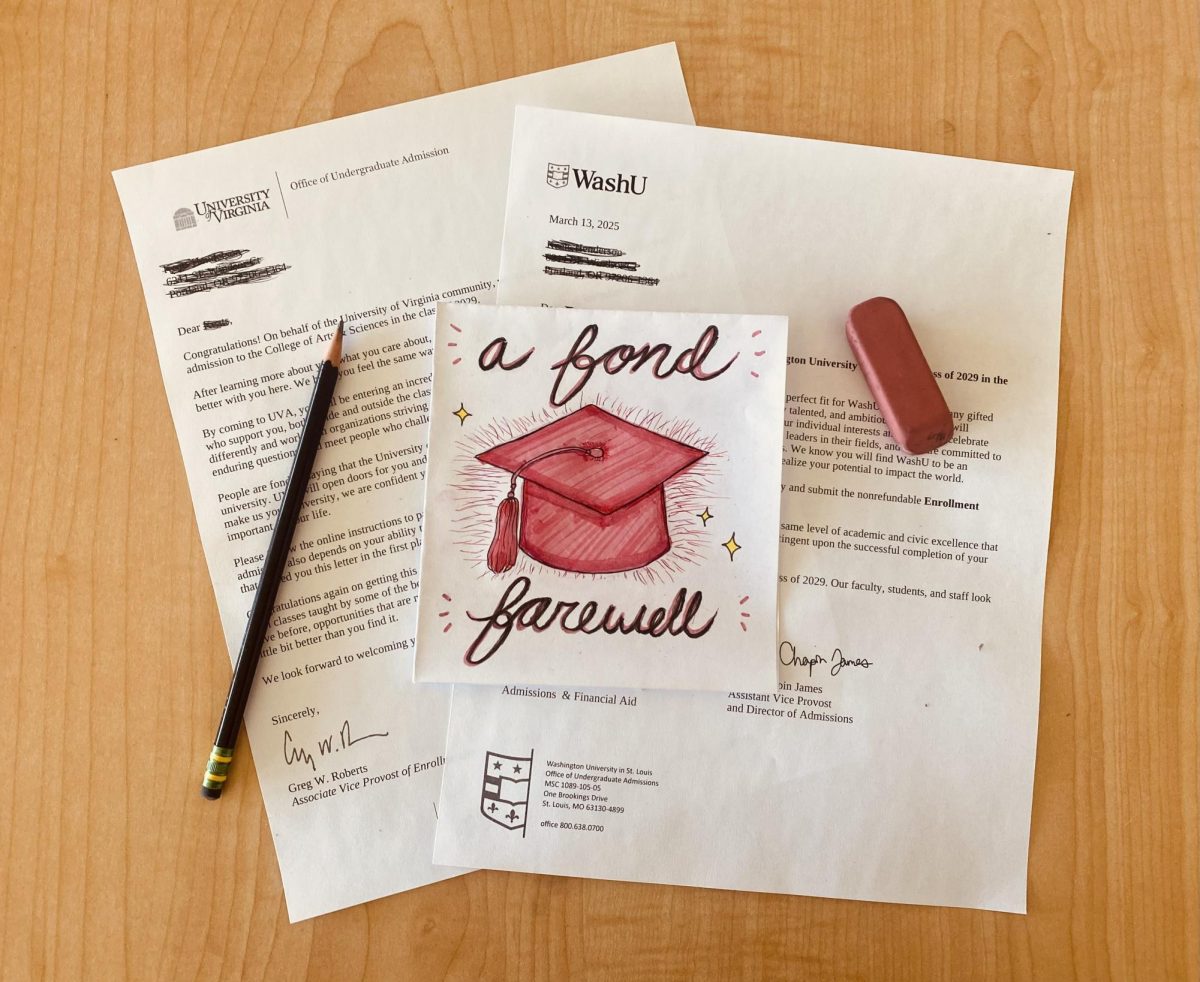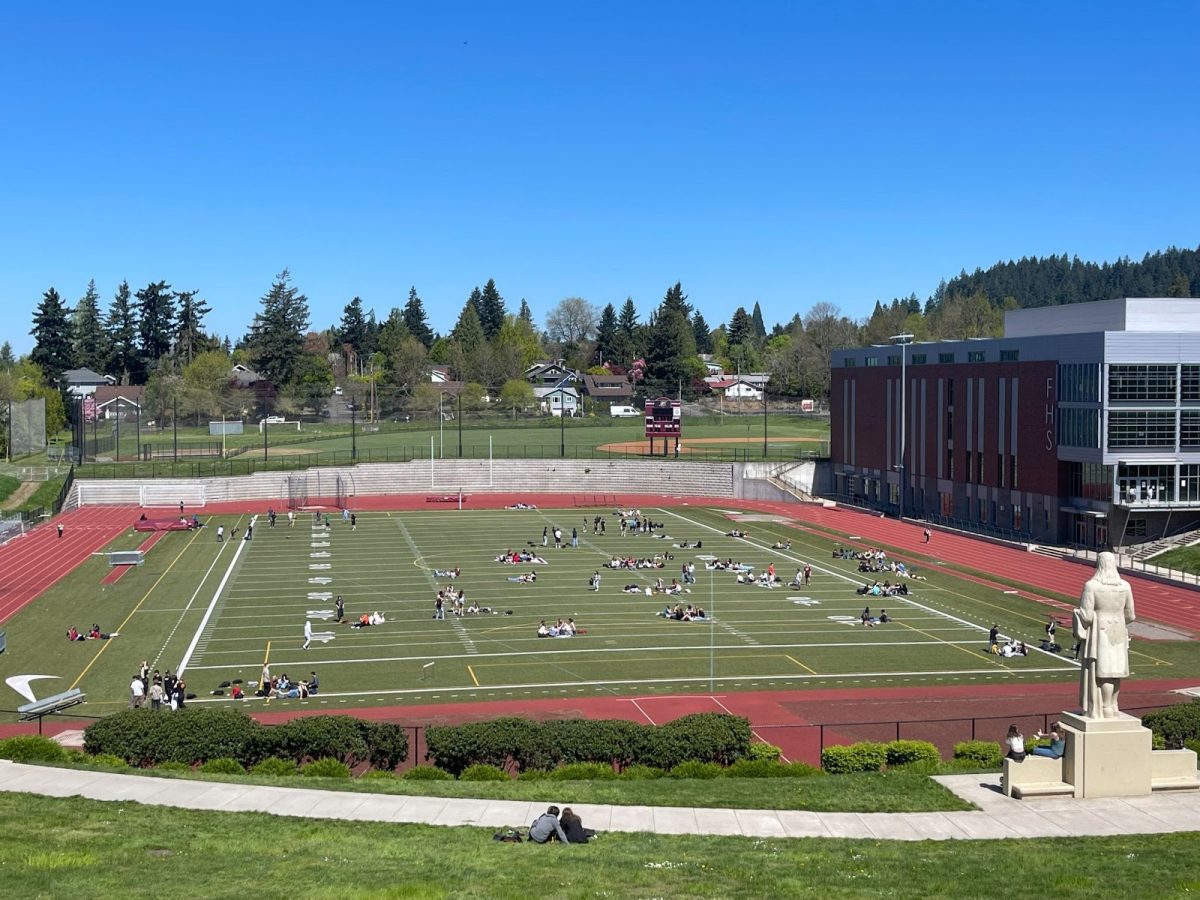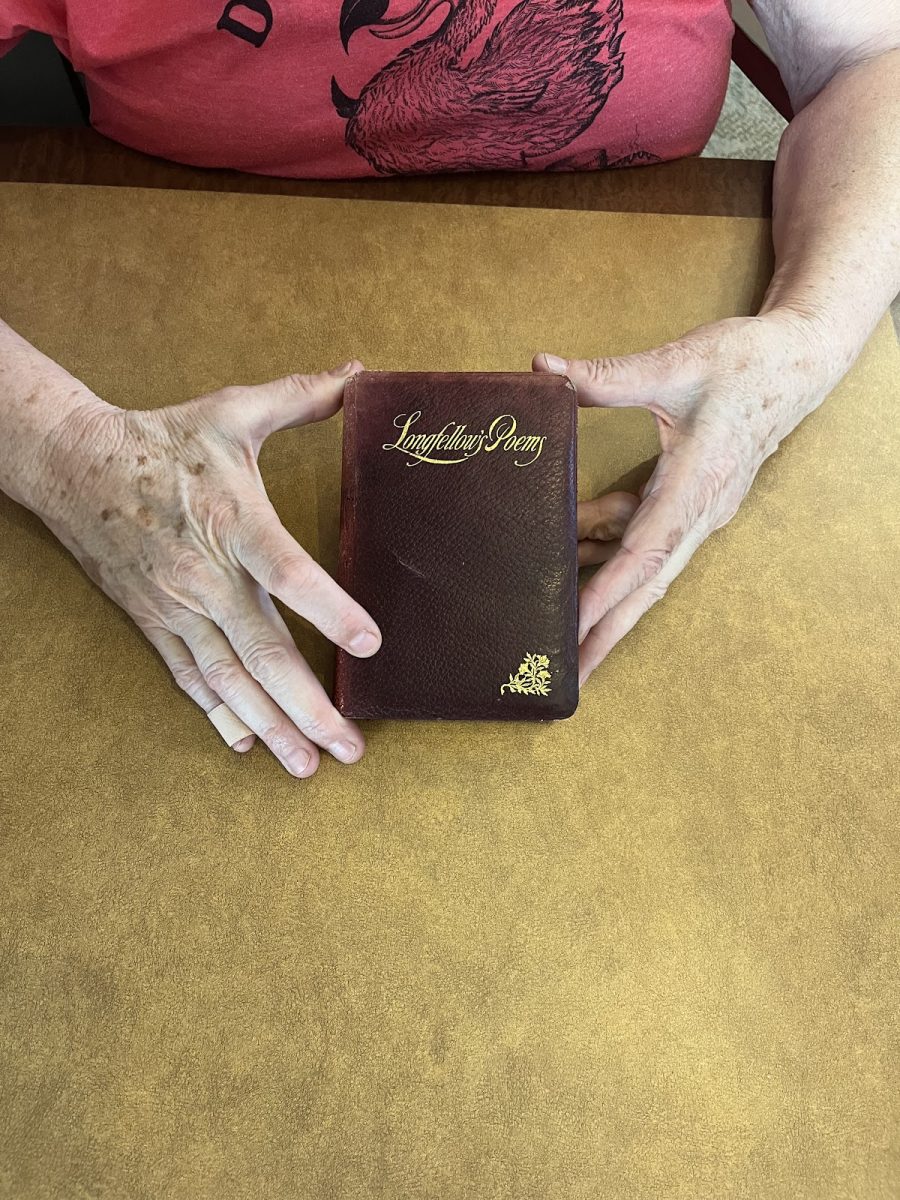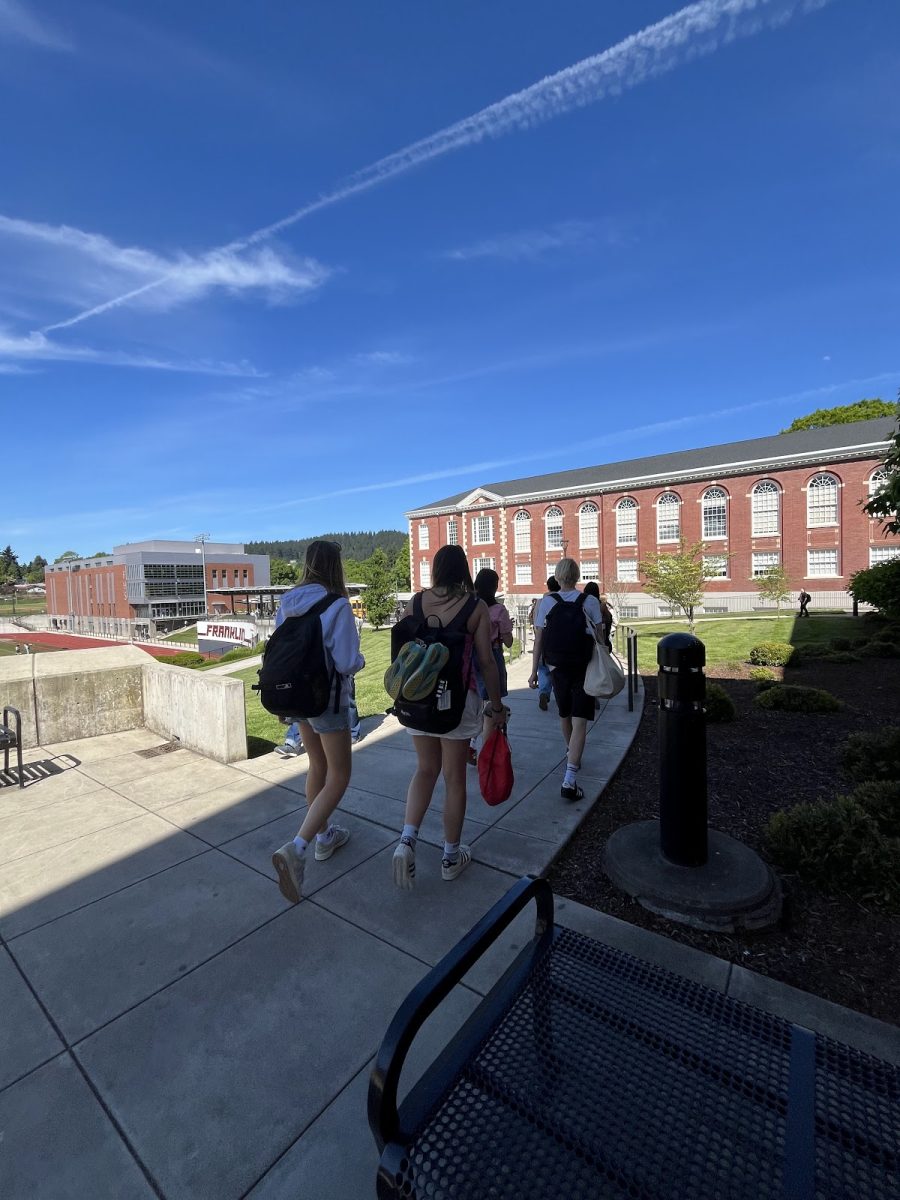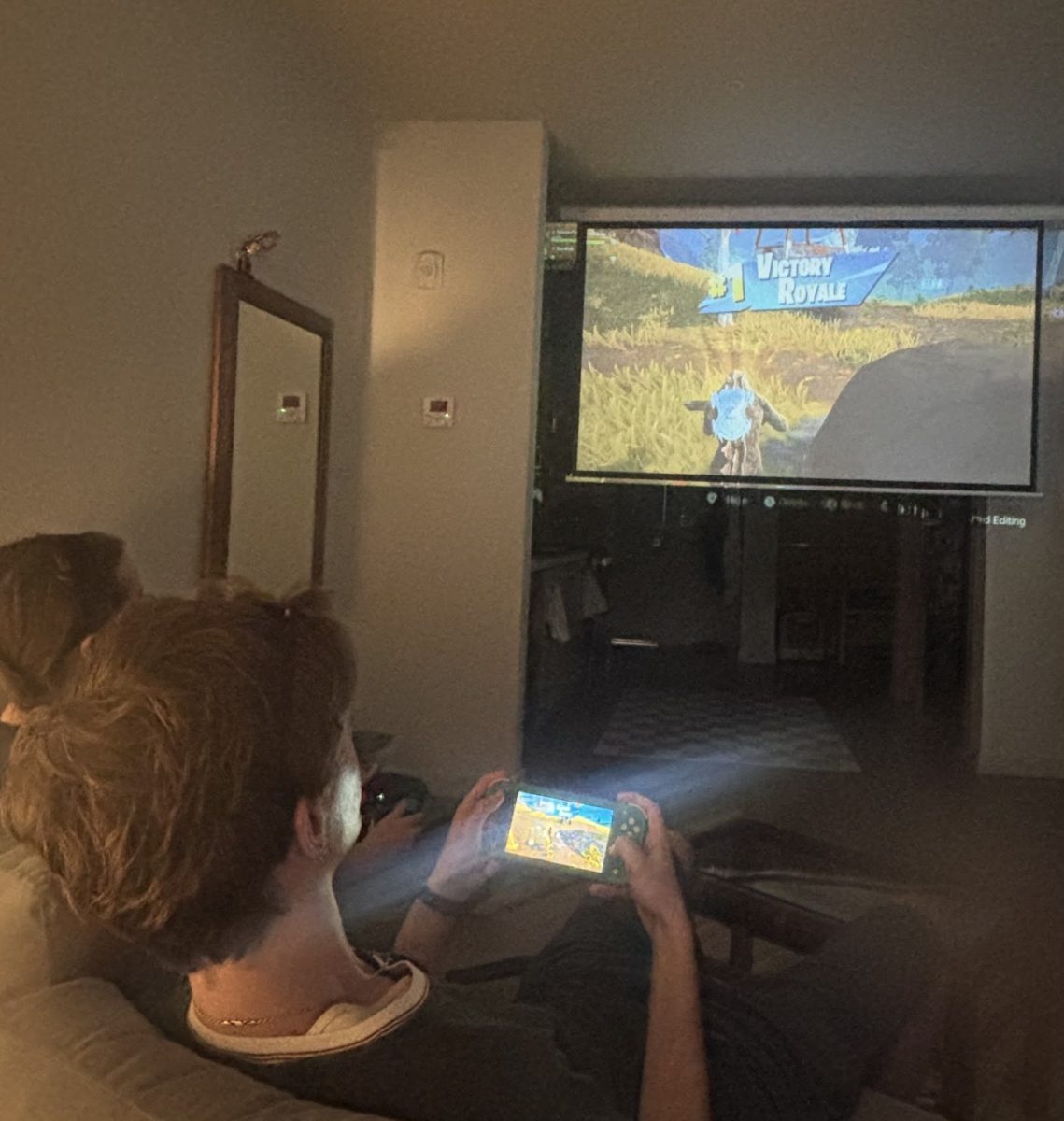Students with disabilities or special needs are constantly exposed to bullies, especially in public schools. There have been cases such as students with physical disabilities being taunted for their difficulty performing everyday tasks, or students who develop at a different pace who are looked down on and made fun of by their peers or mentors. The public school system already has difficulty handling bullies at schools, and tolerance varies with the situation. It’s clear that there’s been a struggle with finding justice for these kids. So, what’re we doing to solve this issue?
In late October, a video was sweeping the internet and gaining attention because of how heart wrenching it was. Rayden Overbay, a twelve-year-old with disabilities, was shown being recorded while classmates beat him up. A second video was attached from the next day where he’s being jumped, and not one person was shown stepping in. His family has received support from across the globe. Many people have taken to Instagram and shared the video in hopes of bringing awareness to the issue. Organizations such as Fight For the Forgotten are also stepping in to show Rayden and others facing the same experiences as him that they no longer have to fight alone. However, it brings up the question of how the school wasn’t aware of the problem sooner. How did they allow a child to be physically assaulted twice in two days without sufficient action being taken to prevent the incident? Since the video has become viral, it has sparked conversation inspiring advocacy for students with special needs, and begun to make people more inclined to delve into how long this has been happening.
Teachers are a part of the problem, too. Not only when they don’t stand up for their students, but when they also take part in the bullying. News articles by outlets such as KATC and KLFY from earlier this year reported SPED (special ed) teachers kicking, hitting, and pushing their students. In early November, news of a black student with down syndrome being kicked in the head by his teacher was reported by KATC3. There have been several stories like this throughout the year, though most not gaining much attention. Most cases similar to this one are swept under the rug and teachers are either left facing minor repercussions or are simply just moved to another school. These situations make it near impossible to fix the issue that students with disabilities are being mistreated and unheard.
Within Franklin, like other schools, there can be difficulty with learning tactics being utilized to “prepare” SPED students for adulthood. Staff at Franklin who work with students with disabilities have many experiences with their SPED students, but they all share in common the compassion they have towards their students. The room assigned for students working on life skills is placed in the basement, which has come across as bothersome for students, staff, and parents. Some parents have even filed complaints, finding it unreasonable to place those with disabilities in the basement of a recently remodeled building. Staff at Franklin feel as though placing special ed students in the basements isn’t inclusive and doesn’t allow their students to be exposed to the community. Ryda Thuch, a paraeducator who works with SPED students said, “I definitely feel like they’re isolated […] it doesn’t even feel like they’re part of Franklin.” When you walk down the halls of Franklin, you’ll often find that some SPED students aren’t a part of this community. Most students don’t even realize they have a room in the basement of the SS wing or even where to find these students. Ryda describes SPED students’ experiences at Franklin as “shadowing everyone else.” Ryda has transitioned throughout classrooms in the different wings of the school and has been exposed to multiple perspectives. Sean Brochin, a teacher who works with students on the autistic spectrum, expressed similar feelings to Ryda. When sitting with Sean, you can feel the amount of intention he applies to his work to “make a safe space for all abilities.” His hyper awareness includes using the word “neurodiversities” rather than “disabilities” and being extremely cautious to make sure incidents don’t go silenced. He mentions that often when he sees bullying, it is because of “intention versus impact.” Just because you left someone feeling a way you hadn’t intended, that doesn’t mean it didn’t have that impact on them. He and his coworker Mercedes Muñoz both agree that “clique behaviors can seep into classroom dynamic.” Here at Franklin, it is transparent that students in SPED aren’t mixed with their classmates, and that can be changed by students. Muñoz expressed “my dream is that gen ed and sped students conjoin through their own desire to socialize with each other through something they’ve created and not contrived by us adults.”
Whether or not this is an issue that can be applied to your life, it doesn’t change that this is a topic that can provoke a sort of empathy from all walks of life even if it doesn’t directly affect you. There are students you see in the hallways everyday who are struggling with high school like you are, but they’re struggling through their own story. If you aren’t already in touch with that type of compassion, it’s important to be aware of your imprint on others. We’re on the brim of adulthood and with that we’ll find ourselves needing to be more conscious of those that take up space around us. These students are your neighbors. They’re your middle school teacher’s kid, your sibling’s friend, your classmate; but most importantly, they are people who deserve to be heard.


